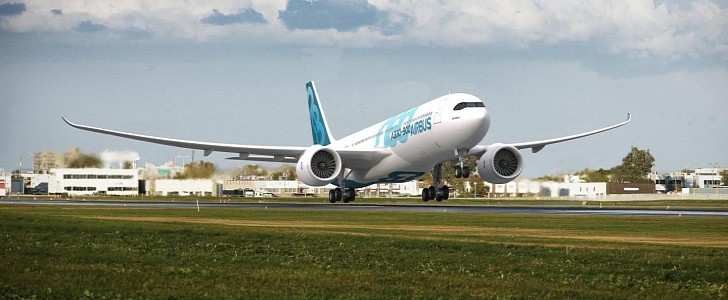Remember when 3G was all the rage in the 2000s? How about when the first 5G reports were published by the media, subsequently followed by tin-foiled conspiracy theories involving Bill Gates and COVID-19?
Introduced in July 2016, the fifth-generation standard for broadband cellular networks isn’t exactly perfect. Technology experts working for the United States Federal Aviation Industry have warned that radar altimeters used in aircraft may be affected by the C-band spectrum used by 5G.
The Direction Générale de l'Aviation Civile in France has also expressed worries, recommending passengers to switch off cellular data connection while taking a flight. Over in the United States, two high-ranking officials from the DOT and FAA asked telecommunications behemoths AT&T and Verizon to delay their 5G implementation over the interference concerns.
But guess what? As it happens, the European Union Aviation Safety Agency highlights that "the technical data received from EU manufacturers offers no conclusive evidence for immediate safety concerns at this time.”
Speaking to CNN Business on Wednesday, the civil aviation safety watchdog further notes that “EASA is not aware of any in-service incidents caused by 5G interference.” The regulator oversees a whopping 31 countries, and as you’re well aware, 5G is already operational in many parts of the European Union. Things are pretty similar in the United Kingdom as well.
The Civil Aviation Authority hasn’t confirmed any instances of 5G interference resulting in aircraft system malfunction, and that’s the gist of it.
There is, however, a technical catch. Over in the European Union, the 5G network is running between 3.4 and 3.8 gigahertz while the U.S. currently uses frequencies between 3.7 to 3.98 gigahertz. Radar altimeters operate between 4.2 and 4.4 gigahertz, hence the risk posed by fifth-generation technology in the United States and the considerable buffer in the EU.
Considering the massive dispute between aviation companies, telecom giants, and U.S. regulators, I’m having this little suspicion that operational concerns will be alleviated sooner rather than later by all parties involved.
The Direction Générale de l'Aviation Civile in France has also expressed worries, recommending passengers to switch off cellular data connection while taking a flight. Over in the United States, two high-ranking officials from the DOT and FAA asked telecommunications behemoths AT&T and Verizon to delay their 5G implementation over the interference concerns.
But guess what? As it happens, the European Union Aviation Safety Agency highlights that "the technical data received from EU manufacturers offers no conclusive evidence for immediate safety concerns at this time.”
Speaking to CNN Business on Wednesday, the civil aviation safety watchdog further notes that “EASA is not aware of any in-service incidents caused by 5G interference.” The regulator oversees a whopping 31 countries, and as you’re well aware, 5G is already operational in many parts of the European Union. Things are pretty similar in the United Kingdom as well.
The Civil Aviation Authority hasn’t confirmed any instances of 5G interference resulting in aircraft system malfunction, and that’s the gist of it.
There is, however, a technical catch. Over in the European Union, the 5G network is running between 3.4 and 3.8 gigahertz while the U.S. currently uses frequencies between 3.7 to 3.98 gigahertz. Radar altimeters operate between 4.2 and 4.4 gigahertz, hence the risk posed by fifth-generation technology in the United States and the considerable buffer in the EU.
Considering the massive dispute between aviation companies, telecom giants, and U.S. regulators, I’m having this little suspicion that operational concerns will be alleviated sooner rather than later by all parties involved.






